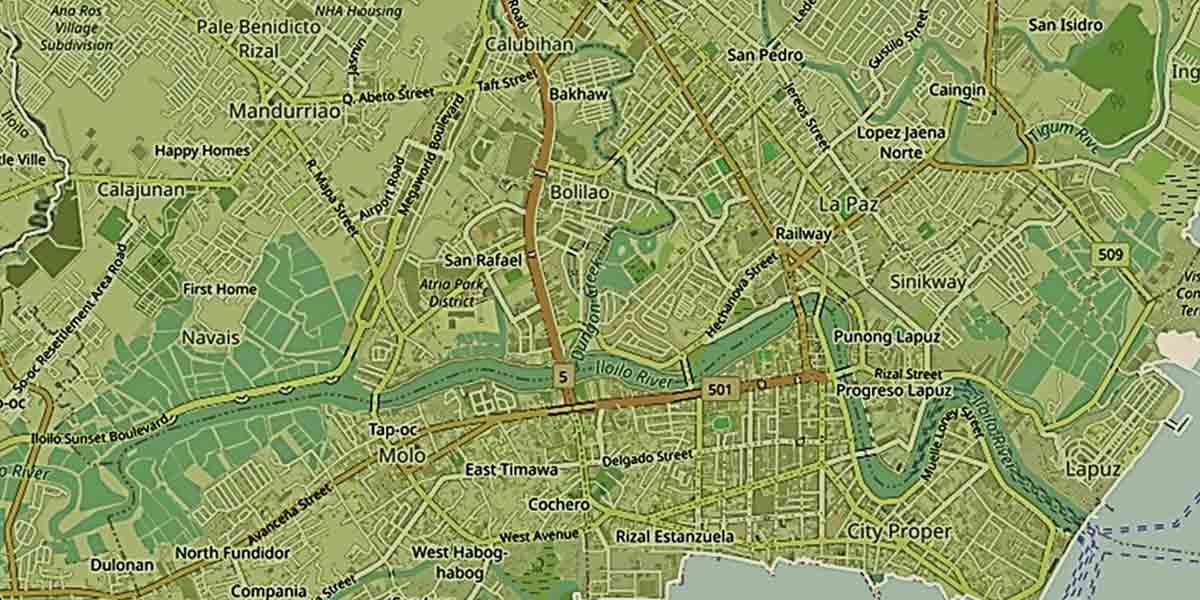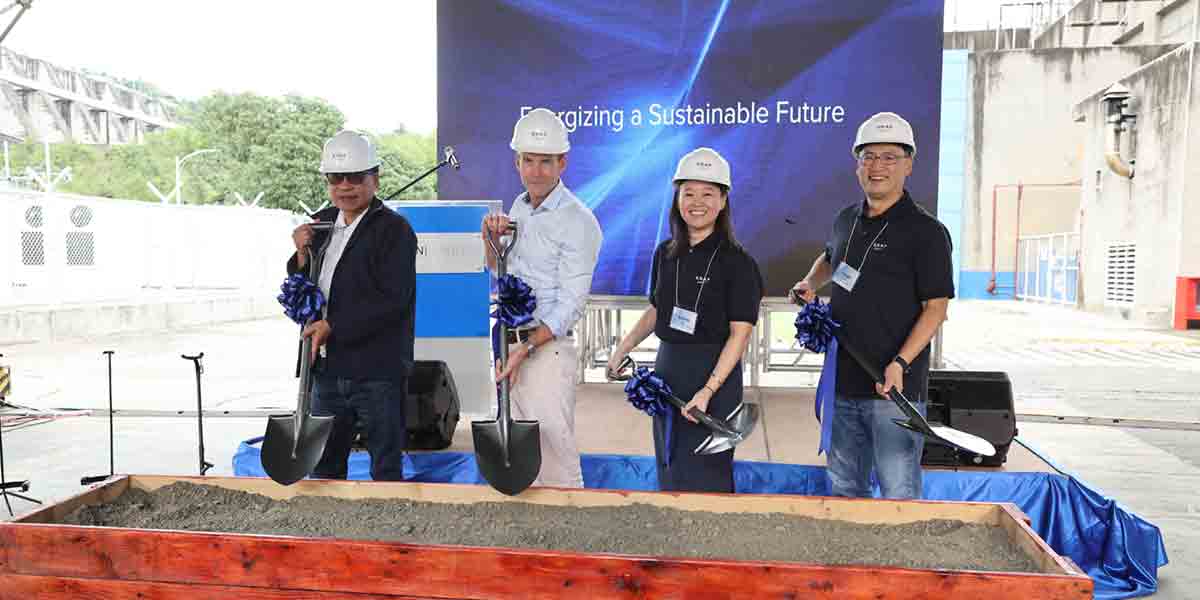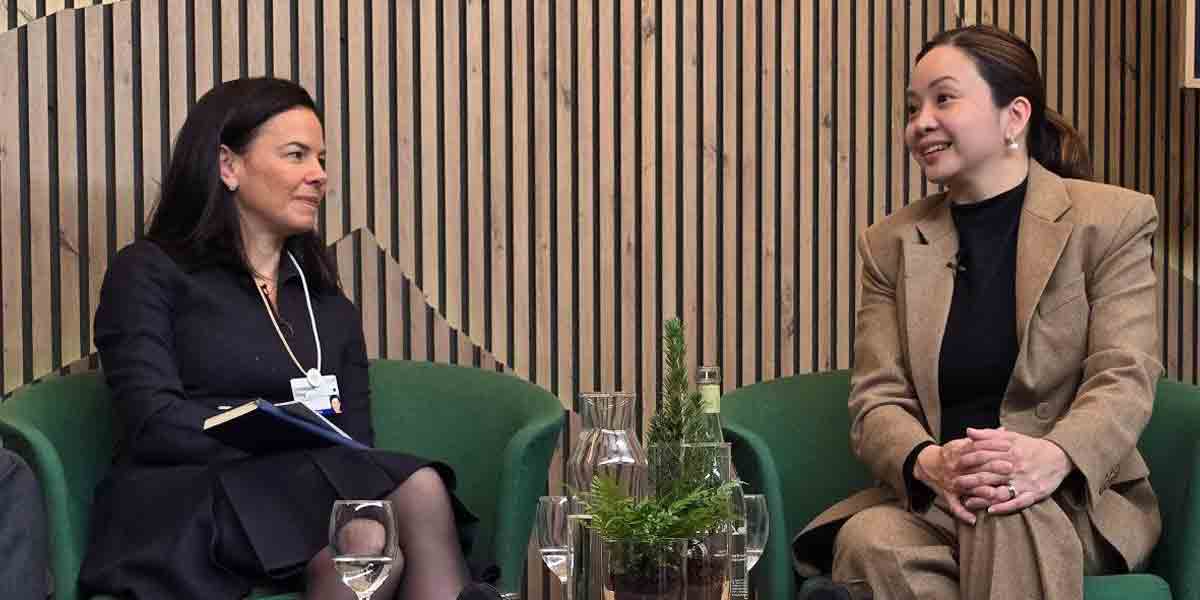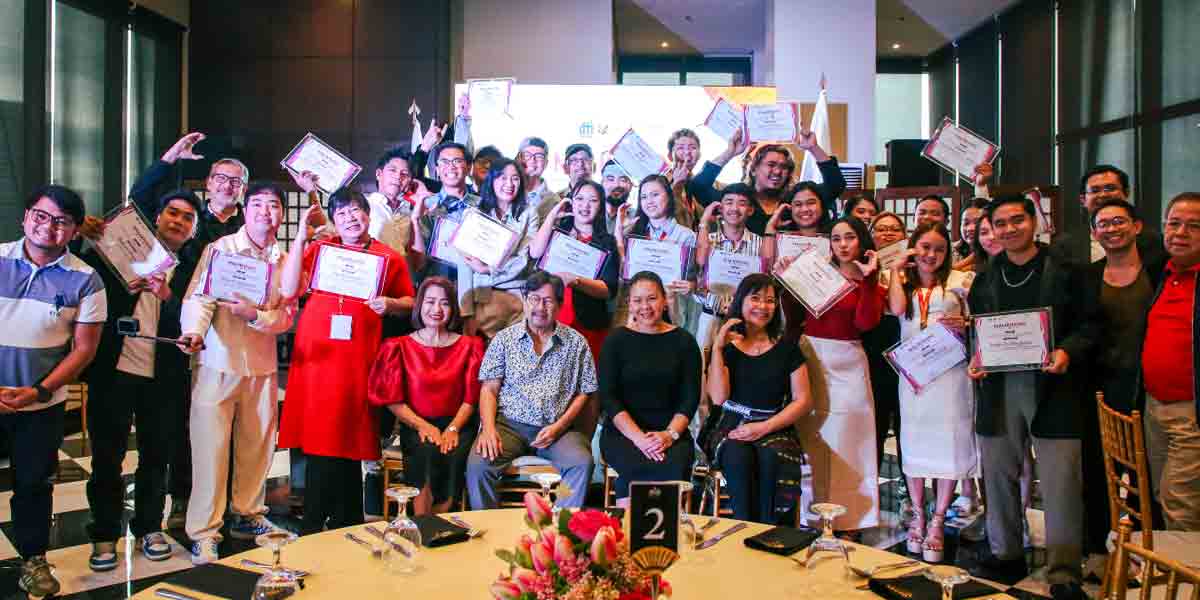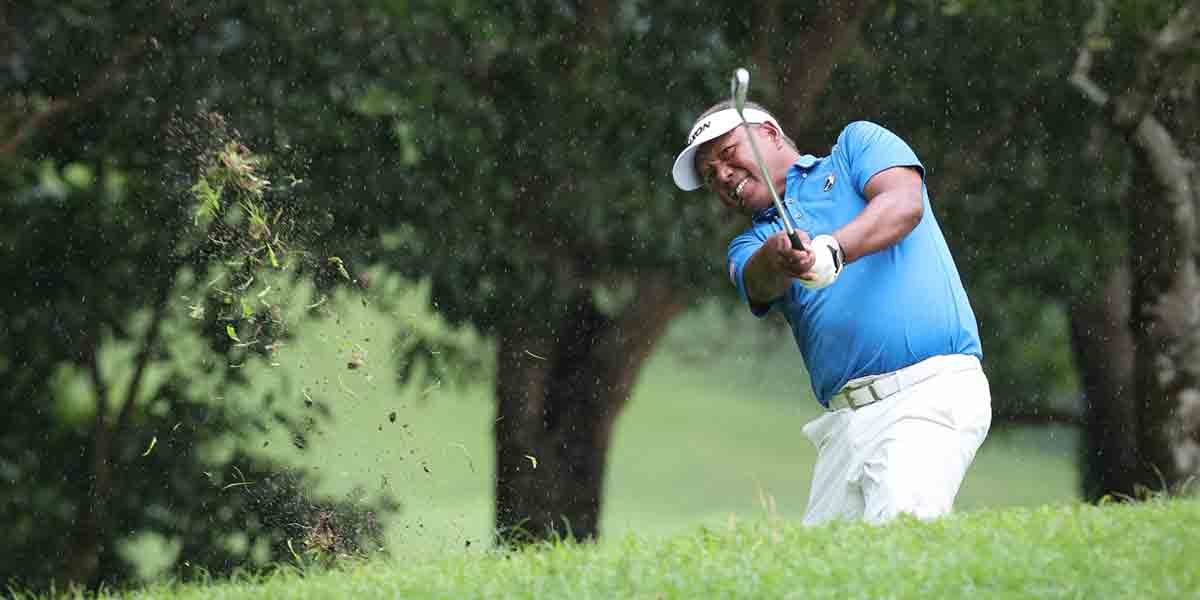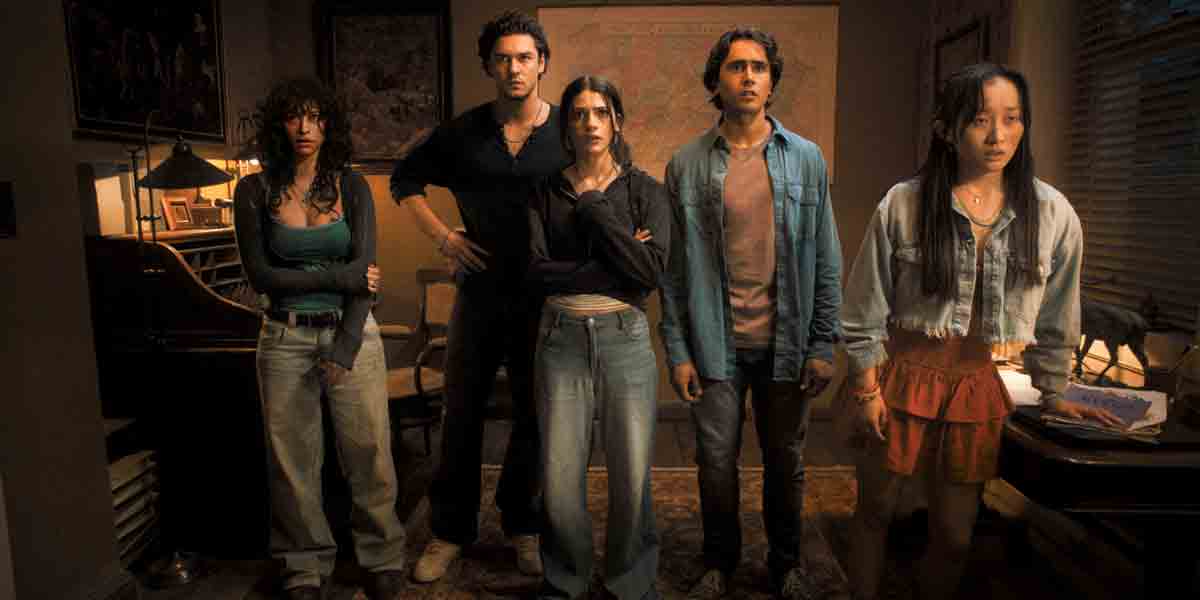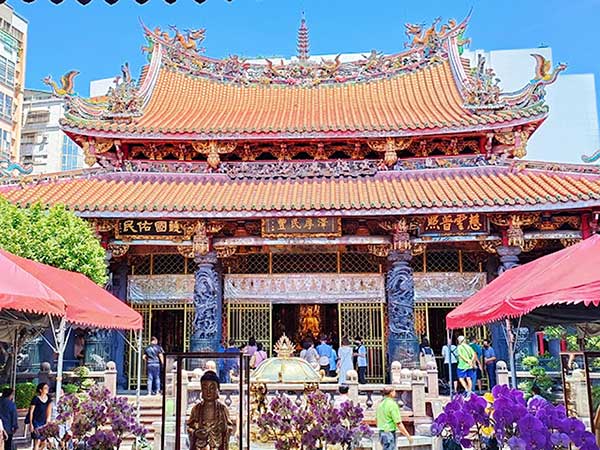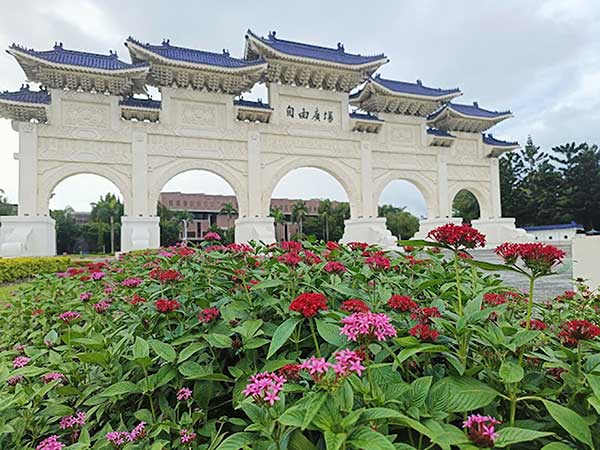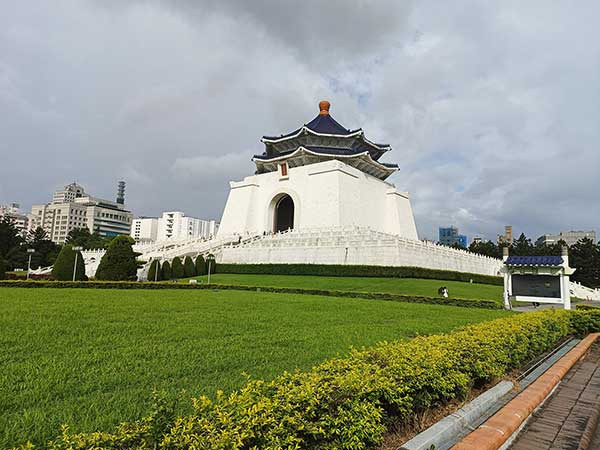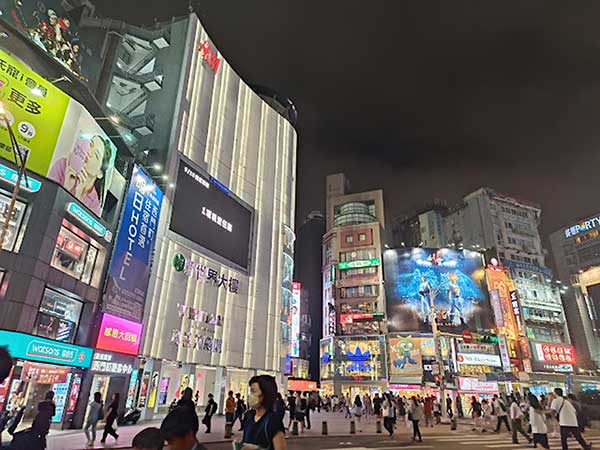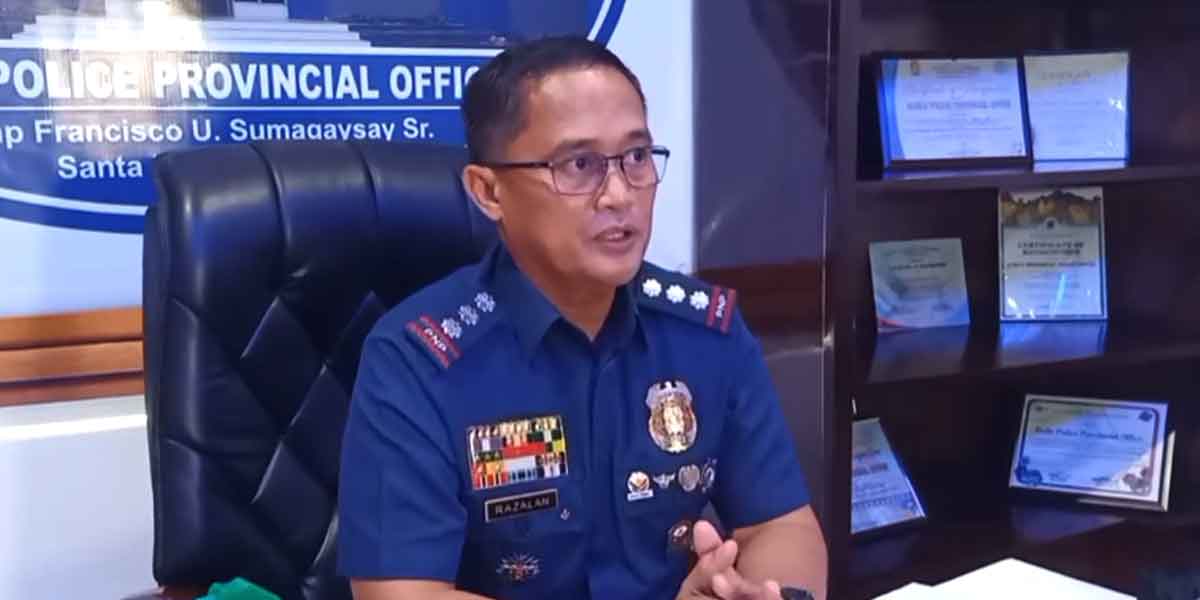By Christian George Acevedo
Taiwan was my first international travel destination since the COVID restriction was eased. It is the nearest to reach from the Philippines and is only about a two-hour flight away from Manila. Also, the Taiwanese government has given Filipinos visa-free access until July 2025. Taiwan is an ideal destination for travelers seeking excellent value for their money. So off I booked for a three-day, four-night trip. Since it had been almost four years since my last trip outside the Philippines, I wasn’t quite sure how to navigate this trip, but I trusted that my instincts would guide me, so off I went!
A Walking Tour of Taipei
I stayed in Ximendeng, which is famous for its vibrant atmosphere. Its bustling streets are filled with fashion boutiques, trendy cafes, and street food stalls. The area is a hotspot for young locals and tourists, making it the center of pop culture. Ximending is also known for its historical landmarks, such as the Red House, a historic theater now home to shops, galleries, and cultural events. I checked Google Maps to see what nearby places I could visit. Being a history and culture buff, I always visit sites with a rich connection to the past. From Ximending, I walked to Bopiliao Historic Block, stopping by at the Longshan Temple, before walking back to Ximending and heading to the Presidential Palace, Chiang Kai Shek Memorial, and the Central Library.
Bopiliao Historic Block
Taipei’s Bopiliao Historic District in the Wanhua District is the oldest part of Taipei, originating during the Ching Dynasty. It was once Taipei’s commercial hub. Many of the buildings date from the Japanese colonial period from 1895 until 1945, and served as shophouses and residential structures. Many of these buildings feature distinctive architectural styles, with Qing-era wooden structures and later Japanese colonial influences, including brick buildings and westernized design elements. Visitors can walk along narrow alleyways and admire the heritage of the area, as the carefully preserved buildings offer a rare glimpse into the past.
Longshan Temple
Longshan Temple in Taiwan is no doubt the most popular and most visited temple in Taipei. It is a stunning example of classical Chinese architecture and spiritual devotion. Built in 1738 by settlers from Fujian, China, this temple has endured earthquakes, fires, and even bombings during World War II. The temple features intricate carvings, vibrant dragon sculptures, and a courtyard that’s supposed to give a tranquil atmosphere for worshippers and visitors alike. While Longhan Temple is dedicated to Guanyin, the goddess of mercy, the temple also honors deities from Taoist and Buddhist traditions.
Presidential Palace
From Ximending, I walked straight ahead until I reached Zhongshan South Road, where the Presidential Palace is located. This grand building is the official residence and office of the President of the Republic of China (Taiwan).
The Presidential Palace was originally constructed from 1912 until 1919 following the design of Japanese architect Uheiji Nagano and incorporating the Western classical style with elements of Renaissance and Baroque architecture. It features red brick walls, a large central clock tower, and ornate details that reflect the period.
After Chiang Kai Shek took control of Taiwan in 1949, the building was repurposed as the Presidential Office. The grand clock tower, which was originally used as a military watchtower during the Japanese era, remains one of the most iconic features of the building.
Chiang Kai-Shek Memorial
A short walk from the Presidential Palace took me to the Chiang Kai-shek Memorial Hall, arguably Taiwan’s most prominent landmark. It was constructed between 1976 and 1980 to honor Chiang Kai-shek and celebrate Taiwan’s post-war development. The Memorial Hall reflects traditional Chinese imperial styles, particularly through the striking Main Hall, which features a large bronze statue of Chiang Kai-shek sitting in a commanding pose. The entire complex is set within Liberty Square, an area that symbolizes Taiwan’s democratic values where public events and protests are held.
Taiwan Central Library
Located across the Chiang Kai Shek memorial is the National Central Library. Established in 1928 during the Japanese colonial era, the library continues to serve as a hub for research, literature, and historical preservation in Taiwan. The accommodating library staff welcomed me at the library’s reception area, which is a spacious and air-conditioned hall. They helped me obtain a library card, which is necessary to access and utilize the library’s facilities and is provided at no cost.
The building features a striking dome-shaped roof and houses spacious reading rooms, books, and special collections that focus on Taiwan’s history, culture, and the Chinese language. The building also houses a significant number of historical documents, many of which pertain to the Chinese diaspora and Taiwan’s development.
Ximending Night Market
I capped my walking tour by visiting the Ximending Night Market, which is the area’s hotspot for both locals and tourists, thanks to the area’s colorful neon signs, bustling crowds, and street performers. I enjoyed the wide array of street food offerings and the variety of shopping options, not to mention the lively atmosphere, making it a fitting conclusion to an exhausting but fulfilling walking tour of Taipei’s rich history and modern charm.
Sometimes, the best travel adventures are closer than you think. Taiwan is just a two-hour flight away from Manila, but it’s a world apart. Walking through a city like Taipei allowed me to immerse myself in its layers – historical, cultural, and modern, as it demonstrates how the past and the present can coexist. Ancient temples and colonial architecture stand beside bustling markets and vibrant neighborhoods. It’s a beautiful reminder of how the past shapes the present. Even in a vibrant city like Taipei, there are spaces for pause and thought, such as the serene courtyards of Longshan Temple or the quiet reading rooms of the National Central Library. These moments remind us of the importance of balance, even in travel.


